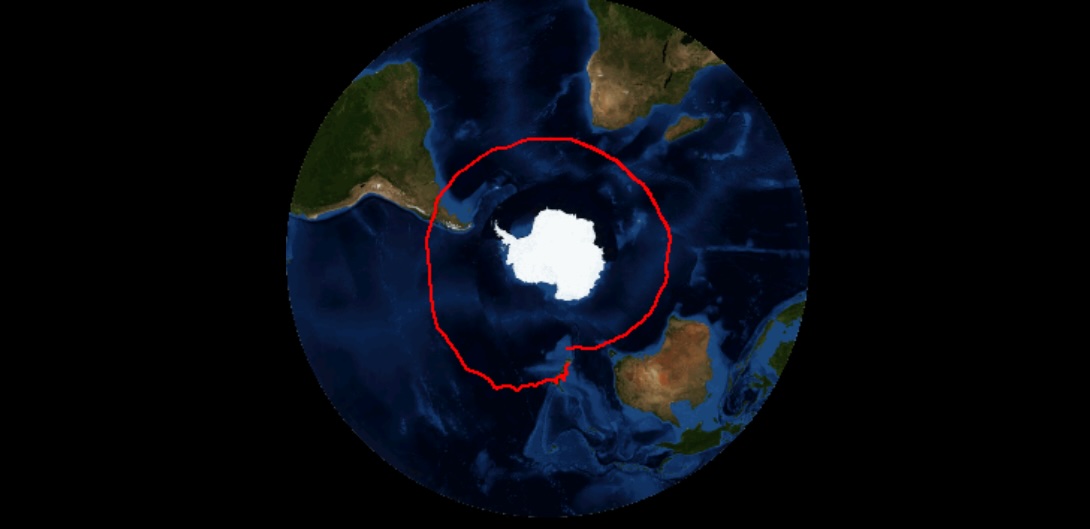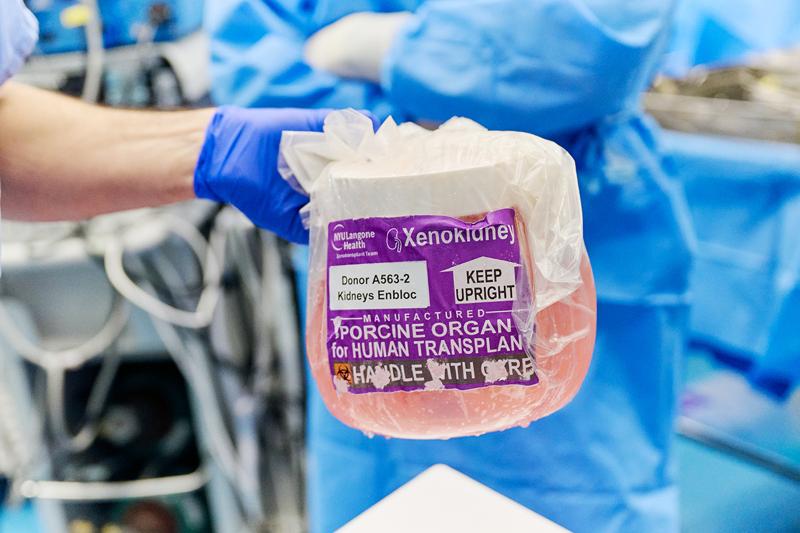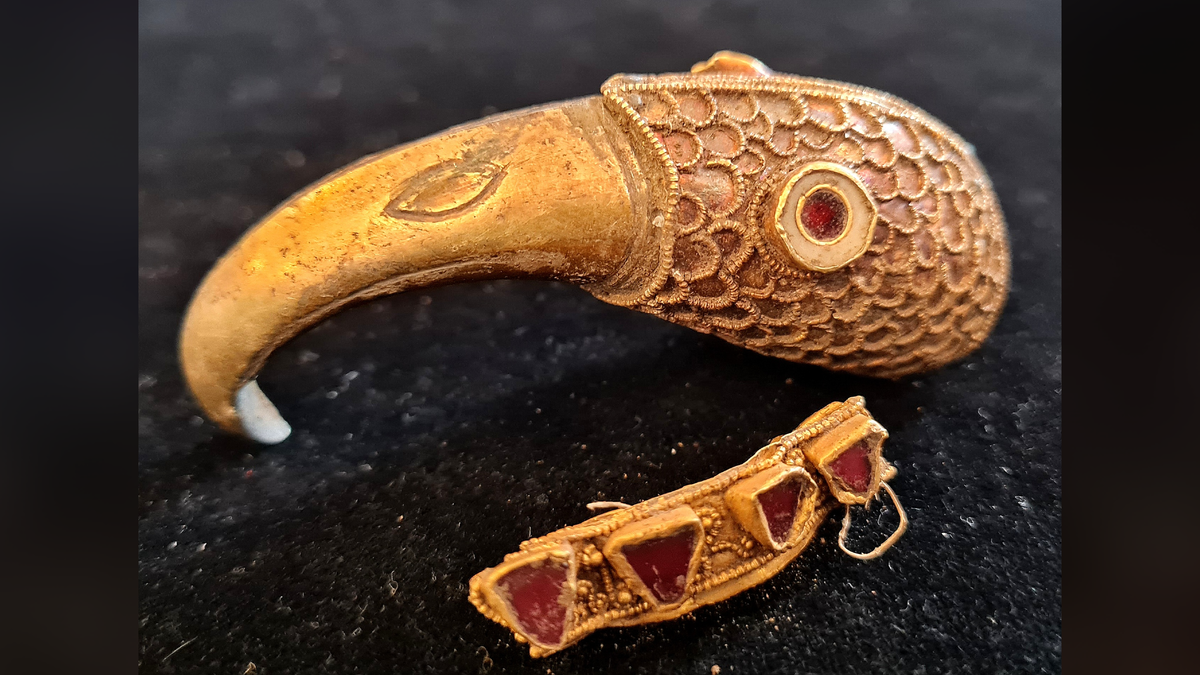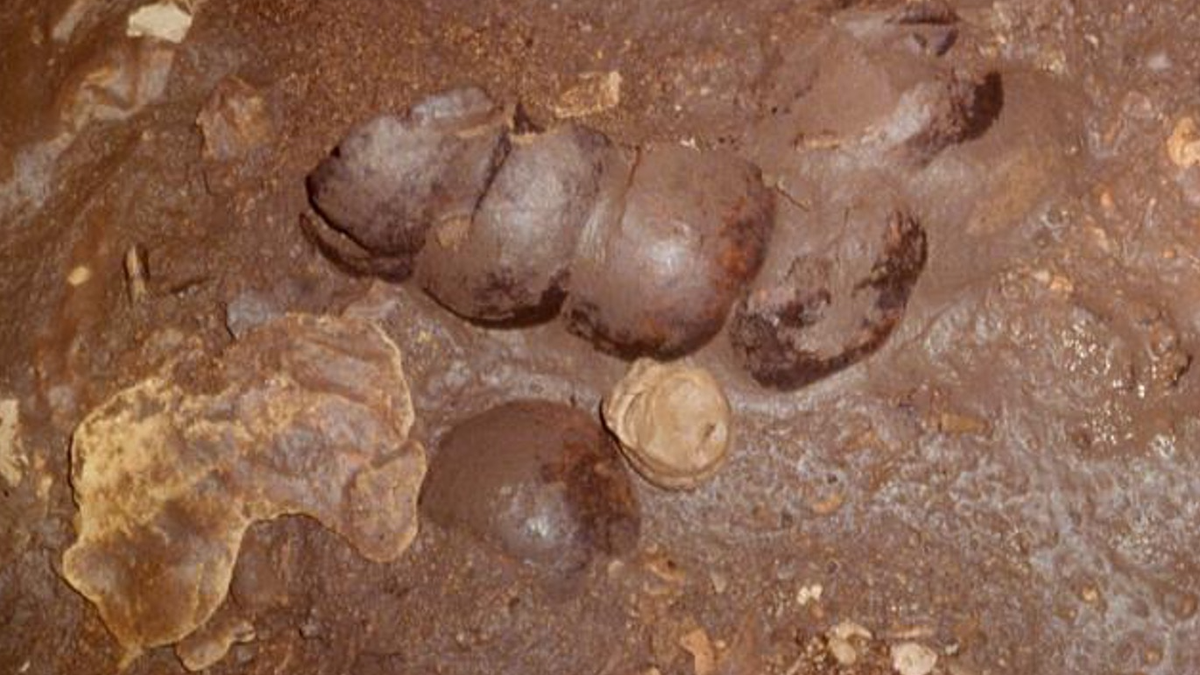NASA just pulled off a sky-high feat: One of its massive super-pressure balloons completed a full lap around the Southern Hemisphere in just over 16 days.
The globe-trotting balloon crossed the 169.24 degrees east longitude line Saturday (May 3) — a milestone that proved the high-flying vehicle can cruise steadily at extreme altitudes both day and night, making it a reliable platform for long-duration science missions. Unlike rockets, balloons like these are cost-effective for lengthy scientific missions because they allow extended data collection without the need for launch vehicles or complex propulsion systems.
Launched in mid-April from Wānaka, New Zealand, the balloon — which is about the size of a football stadium when fully inflated — climbed to an altitude of roughly 21 miles (33 kilometers) within two hours of liftoff, according to a NASA statement. Although the balloon spent most of its time drifting high above the ocean, lucky skywatchers caught a glimpse of it from a nearby airport shortly after launch.
The mission ended Sunday (May 4), well ahead of its 100-day schedule, after teams detected a small leak that began affecting the balloon’s altitude, according to another NASA statement. Although the balloon stayed steady during daylight hours, the colder nighttime temperatures caused it to drop — especially over colder regions and storm systems — sometimes all the way down to 11 miles (18 km).
Mission controllers brought the balloon down into a preselected splash zone in the Pacific Ocean a few hundred miles east of New Zealand. Its onboard payload, which weighed roughly 2 tons, acted as an anchor to pull the balloon to the seafloor, minimizing the environmental impact, NASA officials said.

“While it would have been preferable to recover the hardware, we were able to ensure all our viable data both on the science and support sides were telemetered down,” Gabriel Garde, chief of NASA’s Balloon Program Office at the agency’s Wallops Flight Facility in Virginia, said in the statement.
Despite the early end, NASA officials said the mission met its primary objective: to test and qualify super-pressure balloon technology for future scientific use.
Along for the ride was a science instrument called the High-altitude Interferometer WIND experiment (HIWIND), which collected data on atmospheric winds. That information helps scientists more accurately predict changes in the ionosphere, the charged region of our planet’s atmosphere that affects GPS and radio communications, according to the NASA statement.
On May 3, the space agency launched a similar scientific balloon designed to remain aloft longer and further qualify the system for future science missions.
























